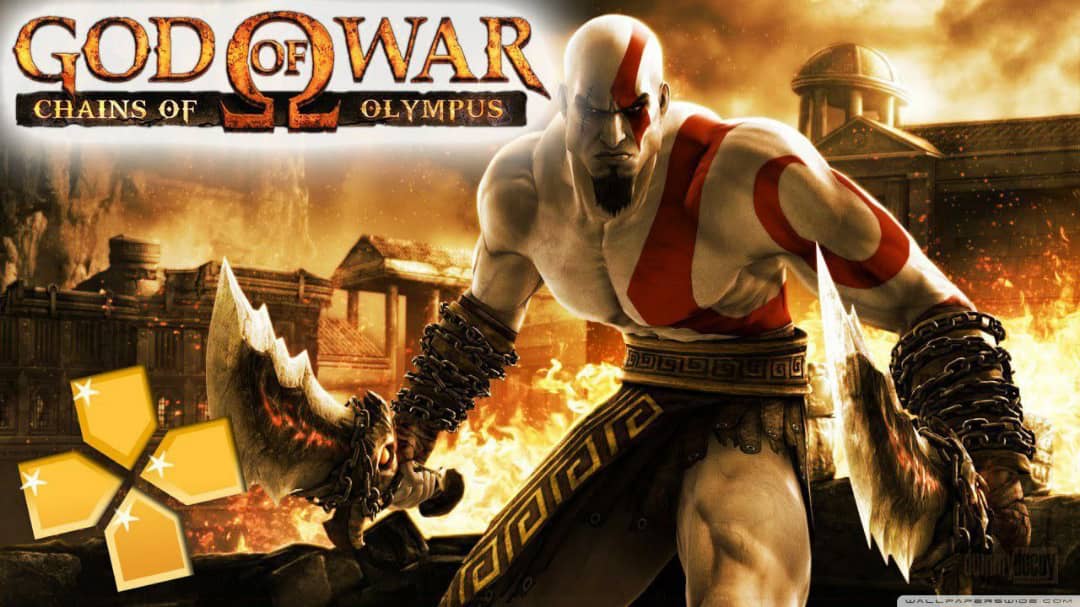God of War: Chains of Olympus is a critically acclaimed action-adventure game developed by Ready at Dawn and published by Sony Computer Entertainment. Originally released for the PlayStation Portable (PSP) in 2008, this prequel to the iconic God of War series takes players on a thrilling journey through Greek mythology. In this comprehensive guide, we'll walk you through how to download and play God of War: Chains of Olympus on the PPSSPP emulator, ensuring an enhanced gaming experience.

What is PPSSPP?
PPSSPP is an open-source emulator for the PlayStation Portable (PSP), allowing users to play PSP games on various platforms such as Windows, macOS, Linux, Android, and iOS. The emulator offers improved graphics, customizable controls, and numerous settings to enhance gameplay, making it a favorite among retro gaming enthusiasts.
What You Need to Get Started Playing God Of War Chains Of Olympus PPSSPP Zip File
Before diving into the world of God of War: Chains of Olympus on your device, you'll need a few essential components:
- PPSSPP Emulator: Download and install the PPSSPP emulator from the official website.
- God of War: Chains of Olympus ISO: Obtain the game file required to play God of War on the emulator.
- Compatible Device: Ensure your device meets the minimum system requirements for a smooth gaming experience.
Step-by-Step Guide to Download and Play God of War Chains of Olympus on PPSSPP For Android
Step 1: Download the PPSSPP Emulator
Follow these steps to download and install the PPSSPP emulator:
- Download God Of War Chains Of Olympus PPSSPP ISO Highly Compressed here on our website.
- Select the appropriate version for your operating system (Windows, macOS, Linux, Android, or iOS).
- Download and install the emulator by following the on-screen instructions.
Step 2: Download the God of War Chains of Olympus PPSSPP ISO File
Here's how to download the ISO file for God of War: Chains of Olympus:
- Search for a reputable site offering the God of War: Chains of Olympus PSP ISO file. Ensure the site is safe to avoid downloading malware.
- Download the ISO file, which typically comes in a compressed format such as a ZIP file.
Step 3: Extract the ISO File
To extract the ISO file from the downloaded ZIP archive:
- Use a file extraction tool like WinRAR, 7-Zip, or any similar software.
- Extract the ISO file and place it in a convenient location on your device.
Step 4: Configure the PPSSPP Emulator
Configure the emulator settings for optimal performance:
- Launch the PPSSPP emulator.
- Navigate to the settings menu and adjust controls, graphics, and audio settings to suit your preferences and device capabilities.
- Ensure the emulator is set to recognize ISO files.
Step 5: Load and Play God of War: Chains of Olympus
Follow these steps to load and play the game:
- In the PPSSPP emulator, locate and open the ISO file for God of War Chains Of Olympus PPSSPP ISO For Android
- Start the game and enjoy the enhanced experience of playing God of War on your device.